Puerto Rico: language and other cultural facts
Explore the vibrant world of Puerto Rico language and culture, from unique Spanish dialects to traditional festivities that shape this island's identity.
8min
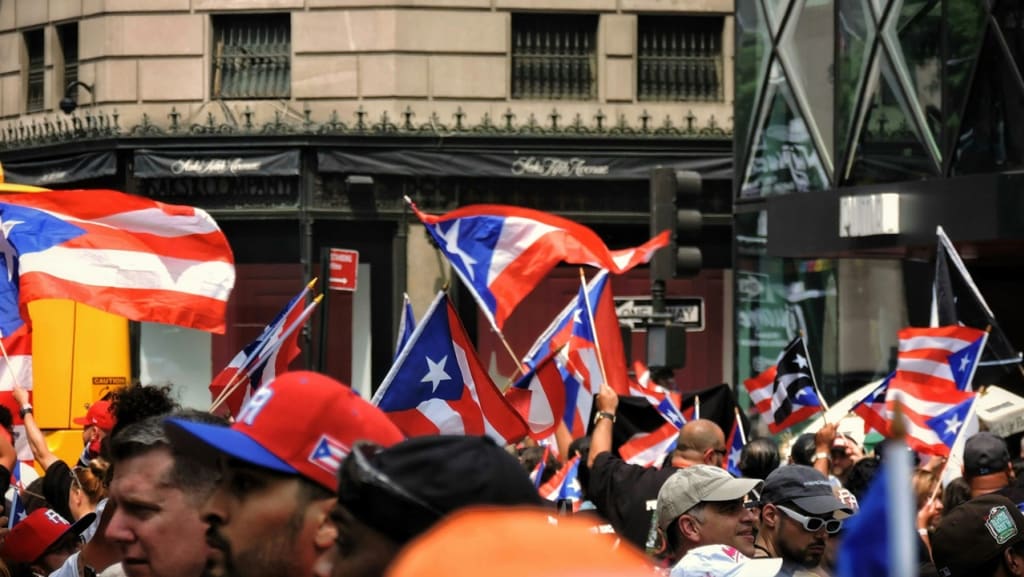
Embarking on a journey through Puerto Rico, we'll explore the rich tapestry of its spoken word. While you may have scratched the surface, the depths of Puerto Rico's language are vast and rich with nuance. This post will walk you through the linguistic tapestry that makes up this vibrant island.
We'll explore how Spanish isn't just a language here; it's a cultural beacon reflecting Puerto Rico's identity and history. We're also touching on how globalization shapes local culture and what that means for traditional expressions and innovations alike.
Delving into the realms of schooling, faith, tunes, and cuisine offers a treasure trove of knowledge that will deepen your grasp of life in Puerto Rico. So let’s get started because there’s plenty to uncover about this rich cultural landscape.
Plan a trip to PR with the article about Must do in Puerto Rico and check out if you need a passport to go to Puerto Rico.
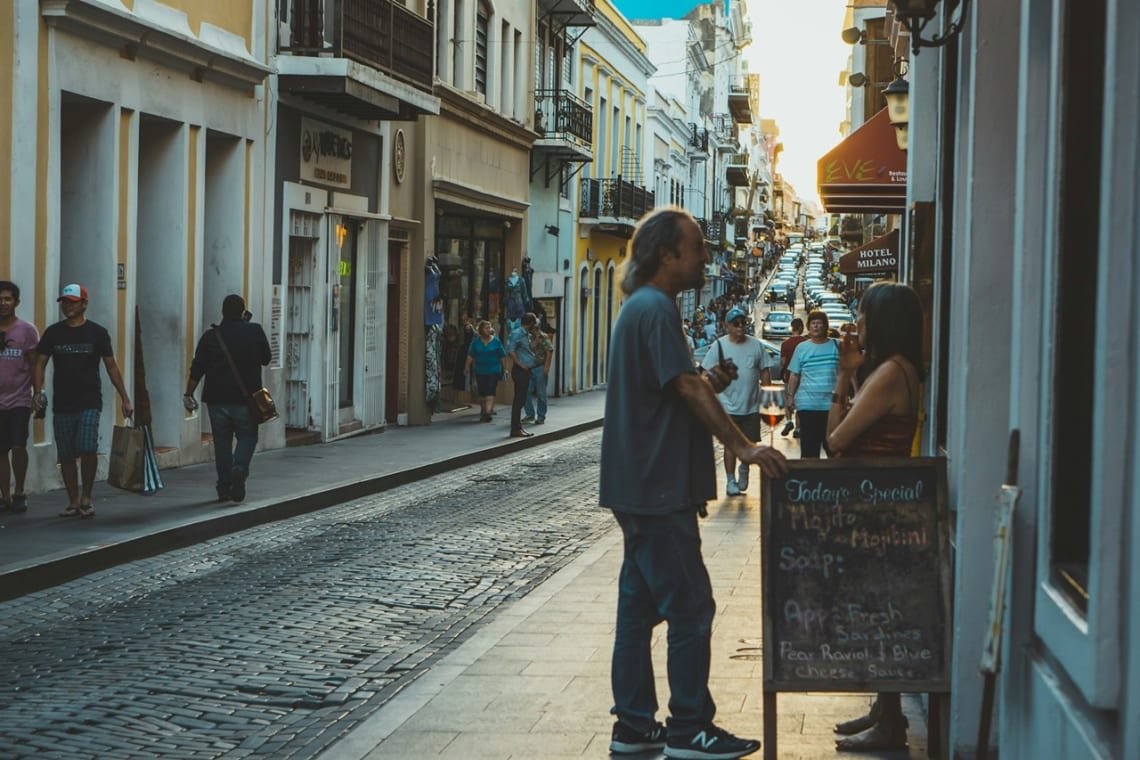
What language is spoken in Puerto Rico?
In every corner of the island, from bustling San Juan streets to tranquil mountain towns, Spanish serves as the heartbeat of Puerto Rican life. It’s not just any Spanish though; it's a unique dialect enriched by Taino words and African influences reflecting centuries-old migration patterns. The island's essence is articulated through this distinctive fusion.
Beyond vocabulary, what sets Puerto Rican Spanish apart are its melodic intonations and rapid-fire rhythm. Newcomers might find themselves swept up in its lively pace but fear not—locals love sharing their linguistic heritage with curious learners.
Puerto Rican Spanish weaves a distinct melody, intertwining traces of its Taino ancestry, fragments of African heritage, and splashes from Spain's own linguistic palette. This blend gives Puerto Rican Spanish an exclusive flavor—a linguistic mofongo if you will—that’s both familiar and distinctively local.
Beyond words themselves, slang and idiomatic expressions paint vivid pictures of life on the island. They reflect creativity, humor, resistance against homogenization—and most importantly—pride in their unique heritage.
The impact of globalization on language in Puerto Rico
Global influences have certainly left their mark but rather than diluting this identity they've added layers to it. Cultural exchange has introduced new vocabulary while also reaffirming commitment to preserving what makes Puerto Rican Spanish uniquely theirs.
In recent years, English has gained traction alongside Spanish as an official language, sparking debates about cultural preservation versus global connectivity. While some fear losing the rich nuances of Puerto Rican Spanish, others see bilingualism as a bridge to broader opportunities. This linguistic shift reflects not just globalization's footprint but also internal aspirations towards progress.
Beyond vocabulary changes, you'll find that Spanglish—a dynamic mix of English and Spanish—has emerged more prominently in everyday conversations among younger generations. It serves as both rebellion against linguistic purism and embrace of global pop culture. The wider use of English is a logical result considering Puerto Rico has been a territory under U.S. sovereignty since 1900.
Non-Spanish speaking visitors to Puerto Rico don't need to worry about language barriers, as most people are proficient in English, especially in cities and tourist areas.
A glimpse into indigenous languages
While largely overshadowed by Spanish dominance, whispers of indigenous languages linger through Puerto Rico’s linguistic landscape. The Taino language may no longer be spoken fluently on the island but it lives on in place names such as ‘Yunque’ and everyday terms used among locals.
This subtle yet significant presence reminds us that before Columbus set foot on Borikén—the original Taino name for Puerto Rico—the island boasted a rich oral tradition all its own.
In an effort to hold onto its rich cultural tapestry, Puerto Rico also puts muscle behind preserving indigenous languages and dialects. These languages are currently spoken by very few people and are facing the threat of extinction.
Keeping this equilibrium is an intricate task. The pull towards globalization threatens local dialects daily while resources for bilingual education can sometimes stretch thin under economic pressures faced by schools.
Linguistic diversity within educational settings thus becomes not only an academic exercise but also one deeply intertwined with social equity issues—making sure each student gets their chance at bat in understanding both their own culture and the wider world around them.
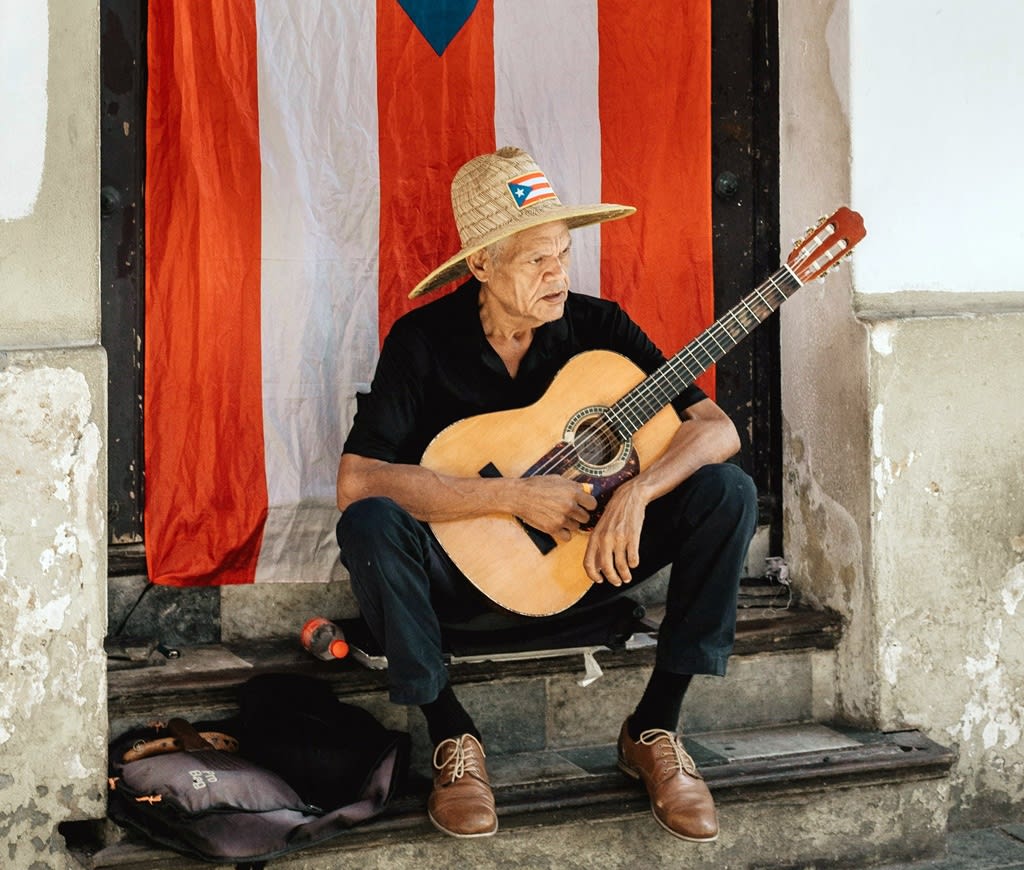
Other cultural facts about Puerto Rico
Known for its lively music, flavorful cuisine, and warm hospitality, Puerto Rico offers a captivating fusion of traditions, customs, and celebrations.
From the rhythmic beats of salsa and reggaeton to the tantalizing aromas of mofongo and lechón, every aspect of Puerto Rican culture reflects the island's dynamic history and diverse heritage. Whether exploring its historic sites, partaking in colorful festivals, or simply savoring the island's natural beauty, visitors are immersed in a cultural experience that is as captivating as it is unforgettable.
The rhythms of Puerto Rico: A musical journey
From the heart-pounding beats of reggaeton to the soulful melodies of salsa, every rhythm tells a story.
- Traditional genres that define Puerto Rican music
Nestled deep within Puerto Rico's cultural tapestry, Bomba and Plena emerge as pivotal genres, embodying the island's rich musical lineage. Bomba, steeped in African heritage, harnesses the vibrant energy of drums and other percussion tools to weave together dynamic beats. Meanwhile, Plena, often referred to as "the singing newspaper," uses music to narrate community stories. These styles not only showcase the island's rich history but also reflect its cultural fusion.
Salsa, embodying the essence of Puerto Rican identity on a global stage, weaves itself into the fabric of cultural expression. Originating from a mix of Cuban and Puerto Rican influences in New York City during the 1960s, salsa quickly found a home back on the island where it continued to evolve with artists like Héctor Lavoe and José Feliciano.
- Contemporary styles: Reggaeton’s global impact
In recent years, reggaeton has emerged from Puerto Rico's underground scene to dominate global charts. Performers such as Daddy Yankee and Bad Bunny have thrust reggaeton into the global spotlight, merging addictive choruses with rhythms inspired by reggae.
What makes reggaeton particularly fascinating is how it blends elements of hip-hop, Latin American sounds, and Caribbean rhythms into something entirely unique yet universally appealing, although often criticized for its controversial/sexist lyrics.
This evolution showcases not just artistic innovation but also speaks volumes about societal changes within Puerto Rico itself.
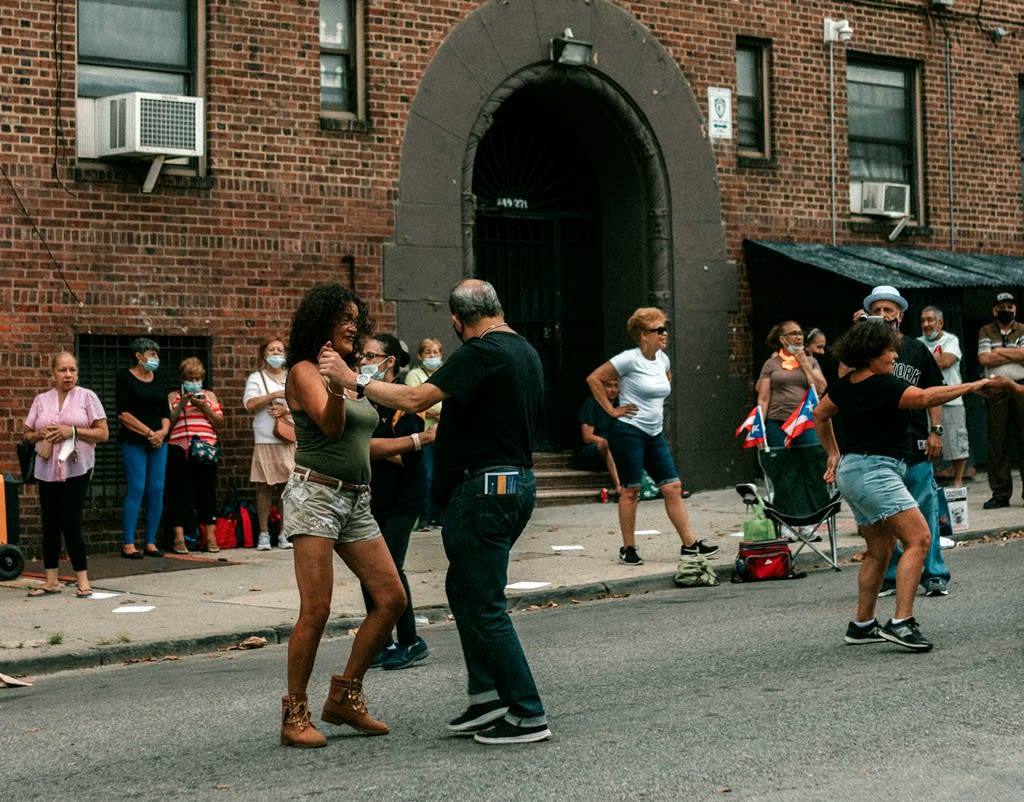
Traditional food of Puerto Rico
Puerto Rican cuisine is all about flavor fusion. At the heart lies Mofongo, a dish made from fried plantains mashed with garlic and oil that often serves as a side dish but can also be the main star when filled with meats or seafood.
Then there's Lechón Asado, slow-roasted pork that’s marinated in adobo seasoning and roasted over an open fire until crispy on the outside yet tender inside—a true taste sensation.
But let’s not forget about Arroz con Gandules—the island's signature rice dish mixed with pigeon peas, pork bits, olives, capers, and spices. It captures the essence of Puerto Rican festivity in every bite.
Other traditional dishes from Puerto Rico worth trying during a visit, are:
Jibarito Sandwich: features flattened and fried green plantains instead of bread, typically filled with grilled meat such as steak or chicken, lettuce, tomato, cheese, and mayonnaise.
Pastelón de Plátano Maduro: layers of sweet, ripe plantains alternate with seasoned beef, often topped with a final layer of melted cheese. It's a comforting and hearty dish.
Sancocho: a hearty and flavorful stew that typically includes a variety of meats such as chicken, beef, and pork, along with starchy vegetables like yuca (cassava), plantains, potatoes, and ñame (yam). The stew is simmered slowly with aromatic herbs and spices until all the ingredients are tender and infused with flavor.
No meal is complete without dessert. Tembleque offers up coconut pudding bliss dusted lightly with cinnamon for an unforgettable finish to any meal. And if you've got room for more sweet goodness? Dive into some Pastelillos de Guayaba - flaky pastry turnovers filled with guava paste that strike just the right balance between tartness and sweetness.
To round up this culinary feast, let's relax with a Coquito in hand. Coquito is a traditional Puerto Rican holiday drink similar to eggnog but with a tropical twist. It is made with coconut milk, sweetened condensed milk, evaporated milk, and flavored with cinnamon, cloves, and nutmeg. Some variations may include rum, giving it a delightful kick.

Religion in Puerto Rico
Roman Catholicism stands tall as the leading religion, tracing back to Spanish colonization. Yet, a mosaic of beliefs flourishes across the island.
Protestantism has carved out substantial space since the 20th century, bringing diversity into this spiritual landscape.
Intriguingly, syncretic religions like Santería blend African traditions with Catholic elements, creating unique practices that reflect Puerto Rico's complex history.
The tapestry of beliefs in Puerto Rico doesn't merely exist side by side; it intricately entangles itself within both the mundane and the magnificent aspects of life.
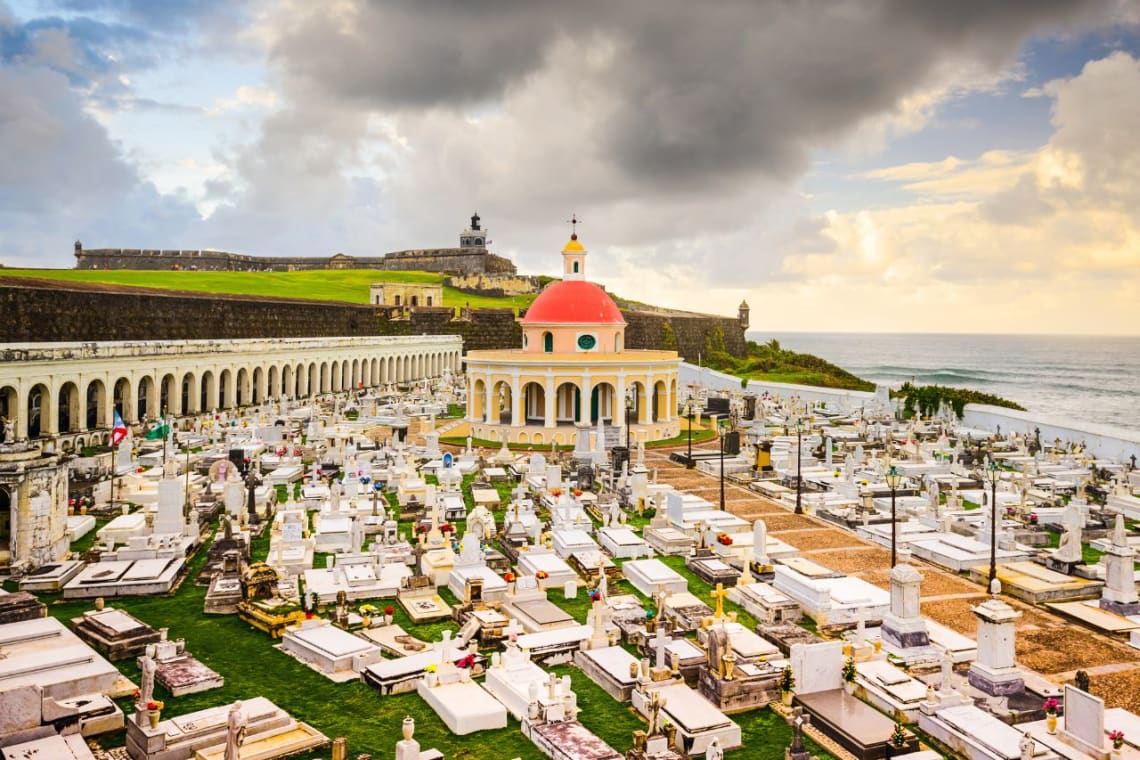
Celebrating culture: Main festivals in Puerto Rico
Puerto Rico's calendar is dotted with festivals that are as vibrant and diverse as the island itself. Every festivity narrates its unique saga, blending the threads of heritage, spirituality, melodies, and cuisine into a mesmerizing cultural mosaic.
- The San Sebastián Street Festival (Fiestas de la Calle San Sebastián)
Kicking off the year in mid-January, this raucous festival transforms Old San Juan into one big street party. Imagine days filled with parades, music, dancing, and artisan markets where locals honor Saint Sebastian in what has grown to become one of Puerto Rico's most anticipated events.
Artisans from all over the island showcase their work while traditional foods tempt your taste buds at every corner. The air buzzes with energy as live bands get everyone moving to rhythms that span generations.
- Ponce Carnival
As February rolls around, Ponce becomes the heart of carnival celebrations on the island. It’s second only to Rio de Janeiro's Carnival for its flamboyant spectacle. Picture yourself amidst colorful masks or 'vejigantes', elaborate costumes designed to ward off evil spirits according to local folklore.
This week-long festivity leading up to Lent features parades bursting with color alongside bomba y plena dancers who move gracefully through streets lined by eager spectators. At nightfall don't miss out on concerts featuring popular salsa performers – it’s a musical experience like no other.
- Saborea Puerto Rico
In April comes Saborea Puerto Rico - a weekend dedicated entirely to celebrating culinary arts against the backdrop of Escambron Beach's stunning views.
Saborea Puerto Rico transforms Escambron Beach into a culinary canvas, where local and global chefs conjure up live gastronomic spectacles, offering attendees a taste of the quintessential flavors that embody the island's rich food heritage.
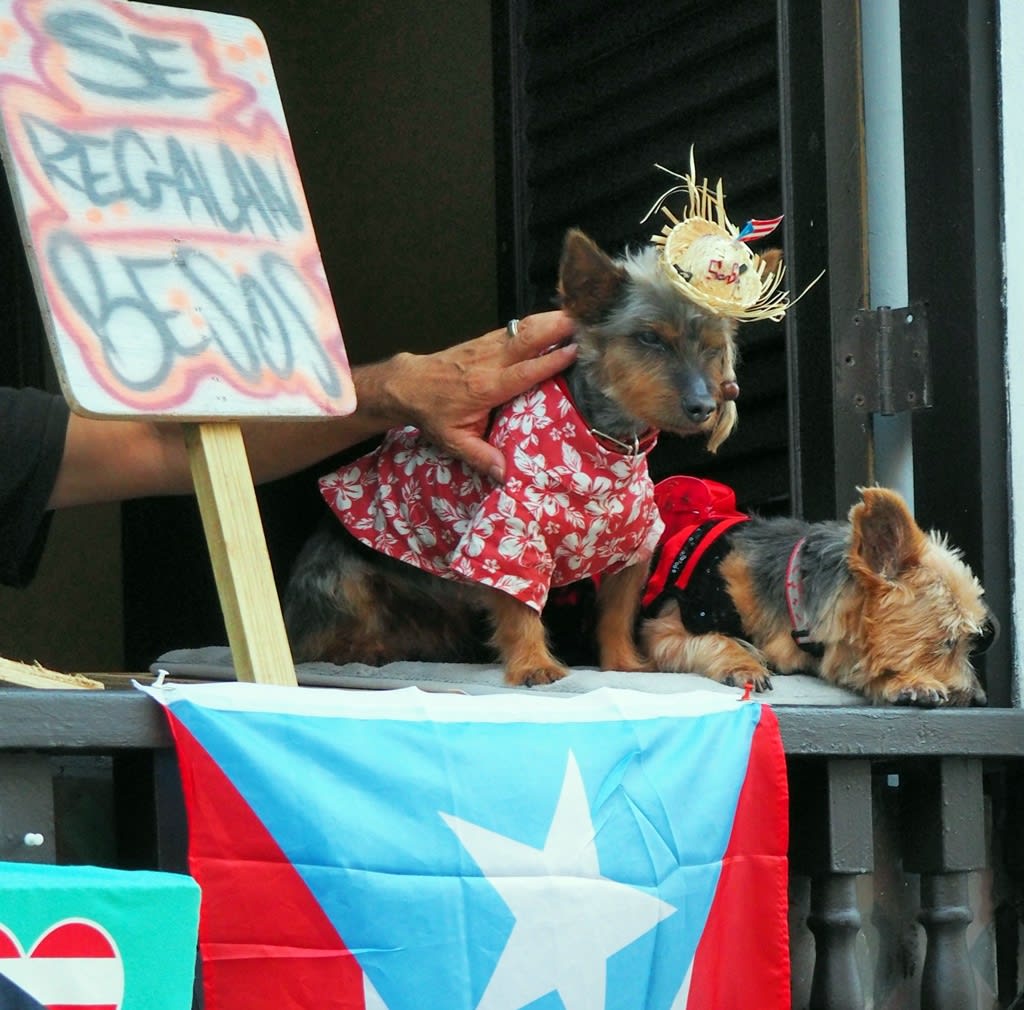
Get immersed in the culture and language of Puerto Rico by volunteering
A great way to have a cultural immersion in Puerto Rico is through work exchanges, which allow you to spend time on the island living with local people and international volunteers. This way, you can learn Spanish - the language of Puerto Rico - or enhance your fluency in a welcoming environment.
On the Worldpackers platform you can find many volunteering opportunities in Puerto Rico, where you can help local projects in exchange for accommodation and a few more perks, which can vary from one place to another.
These programs allows you to save money while traveling while having a unique cultural exchange, developing new skills, meeting like-minded people and doing a positive impact.
Here are some top-rated volunteer positions in Puerto Rico:
- Join a permaculture farm in the mountains of Las Marias. Here you will give a hand with animal care, gardening, farming, and more. This is a great way to learn about sustainability and immerse yourself in the nature of Puerto Rico.
- Work in administration and reception in a popular hostel in San Juan. This work exchange has all 5 stars reviews by other volunteers!
- Become part of Mi Casa Eco-Camping, a quiet place in the middle of nature where you'll learn a lot about planting, harvesting, pruning trees, rebuilding, recycling and more.
- Help this rural eco-lodge to provide memorable experiences for their guests. The place is located in a beautiful mountain setting with amazing views.
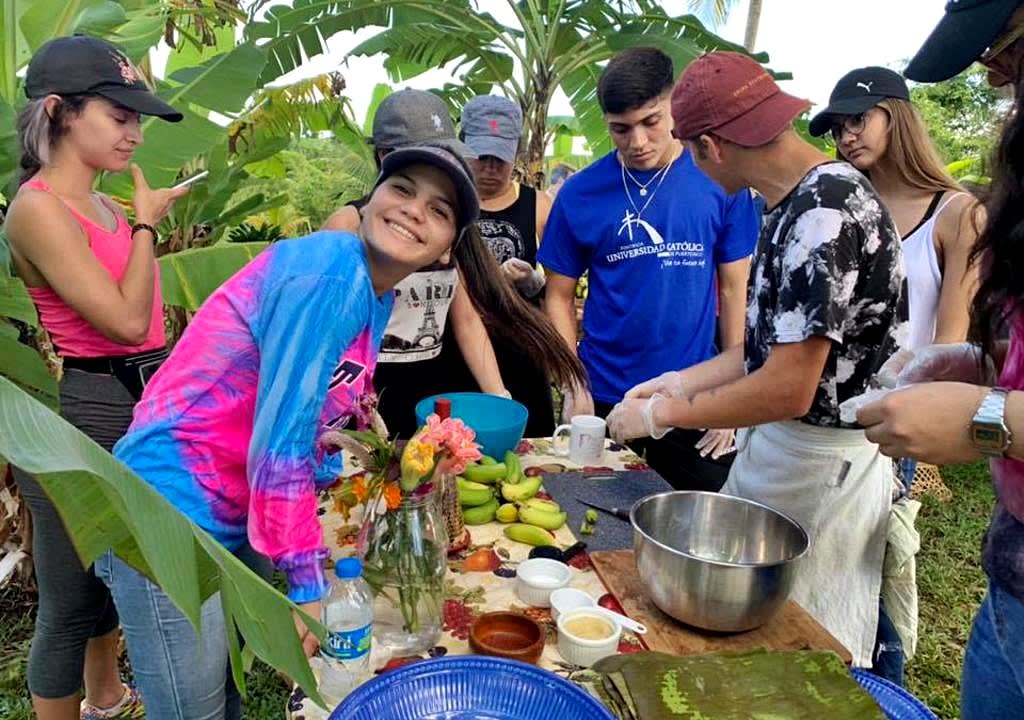
Did you like these ideas? Subscribe to the Worldpackers Community for free and start saving your favorite volunteer positions until you are ready to get verified.












saidi
Jun 02, 2024
hi